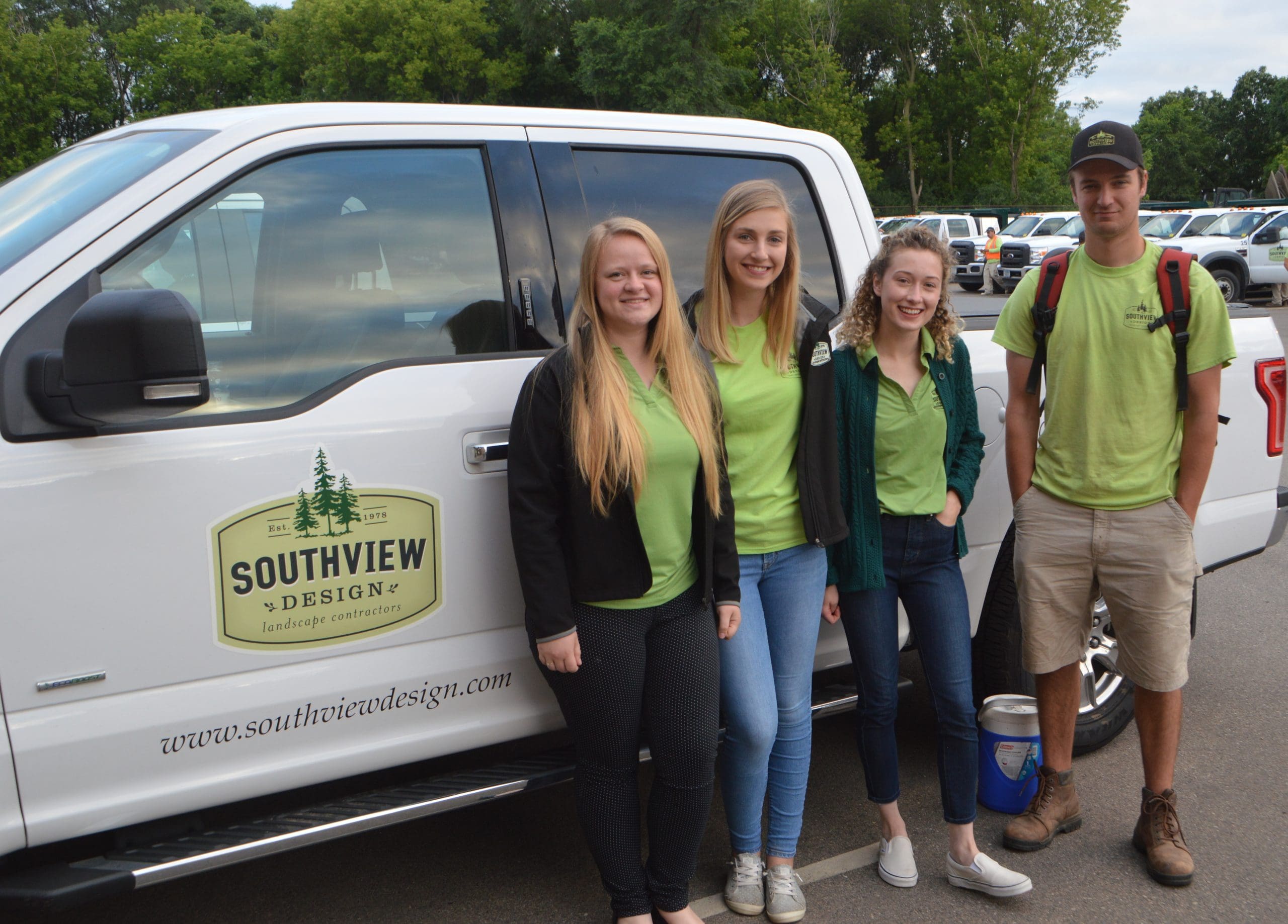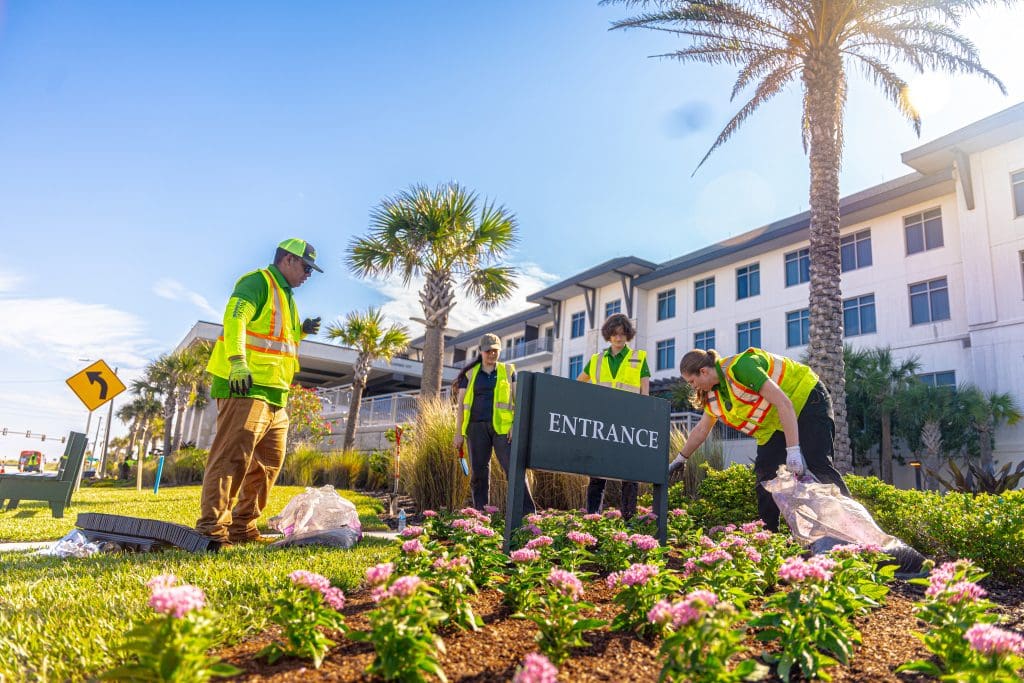
Internships can be a useful tool in your recruiting toolbox. They provide the opportunity to educate the next generation about your company and the industry in general. You can also learn from these individuals ways to improve your operations.
If you’re considering launching an internship program at your company, be aware of the logistics that go into this as well as some of the common recruitment methods for interns.
Program Logistics to Consider
How many interns you bring on in a year depends on your company’s bandwidth. If you are a smaller company, there’s nothing wrong with simply bringing on one intern per season. Mullin, based in St. Rose, Louisiana, hasn’t set a limit on the number of interns they’ll bring on in a season. Nubia Guiterrez, director of human resources for Mullin, strives to have at least two interns per division.
Karen Filloon, director of marketing and business development for Southview Design, based in St. Paul, Minnesota, says they tend to take on three to four interns. Yellowstone Landscape, based in Bunnell, Florida, will take on as many as they can.
“We’ve had 20+ over the summer season and intend to grow our program as we grow our business,” says Christina Checchi, talent acquisition manager for Yellowstone.

All three companies pay their interns a competitive hourly rate.
“We do believe that as you’re putting in the work, you should be getting paid,” Guiterrez says.
If you do opt to welcome out-of-state interns, it is common to offer a housing stipend and guidance on where to stay. Southview’s housing varies from dorms at a local private university to Airbnbs or staying with local families. Filloon says they also offer their out-of-state interns a travel stipend.
How long the internship should last will vary based on your organization. At Mullin, they prefer for their interns to come during the summer and the program tends to last two to three months. Guiterrez says they are pretty flexible with their internship durations. Some may last for two months, while another is only for a month.
“I’ve had students come in during their Christmas break as well where they want to intern for two to three weeks,” she says. “Typically, I’ll sit down with them and ask where do you want to go and cut that internship a little bit shorter.”
Filloon says their internship program is eight weeks, but Southview will work to accommodate their interns’ schedule when they are available to start in the summer. Some may start after Memorial Day, while others come in the middle of July. Checchi says their internships can last up to 12 weeks.
Safety training should not be overlooked, no matter how long the intern is with the company. Before any of their interns go out in the field, Mullin makes sure they go through safety training for the specific pieces of equipment. Southview requires their interns to attend the monthly safety meetings and Yellowstone has their interns shadow their safety auditors as well as attend weekly tailgate talks.
Recruiting Interns
You can spread the word about your internship program by attending career fairs, visiting universities and presenting to classes. Guiterrez says it’s important to research what schools have agriculture or horticulture programs that are relevant and to form relationships with the teachers.
“I’ve learned that having that professor connection is super important, more than the school connection, because sometimes the professors know more of what specifically going on inside of their department,” Guiterrez says.

Referrals from past interns can also help with your recruiting efforts. Guiterrez recommends staying in touch with your interns as they are the ones who are going to go back to their school and tell their friends about your program.
When recruiting, you have to decide if you want to reach out to high school and/or college students. Southview and Yellowstone focus on college-level students. Checchi says this is so the intern can qualify to drive a company vehicle.
At Mullin, they take on both high school and college interns. Guiterrez says they like to work with high school interns because a college degree isn’t required to work in the industry. Their high school interns do have specific restrictions on what they can and can’t do on the job for insurance purposes.
All three companies welcome both local and out-of-state interns.
“We are trying to reach students wherever it is that we can find them,” Guiterrez says. “Talent is important, and I don’t think our talent just comes from Louisiana specifically. It can be from wherever but we’re definitely going around and reaching different states now.”
When seeking potential interns, the most important qualification is an eagerness to learn and gain hands-on experience. For Mullin’s college-level interns, typically, the students need to be majoring in something relevant to the industry, but they recently took a risk with an engineering student who ended up loving it.
Looking for the best interns? You can find them at the National Collegiate Landscape Competition’s career fair.




